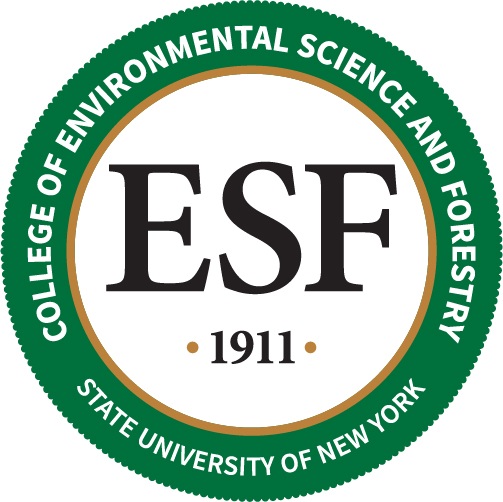Newswise — "Green" means more than a seasonal counterpart for red this December.
There are myriad ways to make your holiday celebrations more environmentally friendly this year, according to scientists at the SUNY College of Environmental Science and Forestry (ESF).
Instead of adding to the waste stream with store-bought gifts that require packaging and wrapping, ESF's Dr. Jack Manno, a professor in the Department of Environmental Studies who specializes in sustainability theory and practice, suggests these ways to help keep the planet greener at this time of year:"¢ Make a gift instead of buying one (use skills in cooking, crafting or woodworking);"¢ Present a loved one with a gift certificate for a meal or a massage;"¢ Buy tickets for a cultural event and take the recipient;"¢ Give memberships to organizations that support causes you both support (extra credit if the organizations works for an environmental cause);"¢ Buy items marked with Fair Trade labels (they might cost a little more, but they are produced in a more sustainable fashion than main-stream goods);"¢ Seek out locally produced gifts at craft fairs, which, in addition to avoiding transportation costs, encourages economic diversity in a community by supporting local artisans and crafters.
Manno's family has a Christmas Eve tradition in which they gather and trade items that they already had.
"It's a lot of fun," he said. "And nobody buys anything new."
And while you are trading those gifts, should you be sitting near a natural Christmas tree or a manufactured one?
ESF's Dr. Russell Briggs of the Department of Forestry and Natural Resources Management did a study that concluded natural trees are not a fire hazard as long as they are kept watered. He has other reasons to support the use of natural trees:"¢ They do not contribute to the accumulation of greenhouse gases. Instead, they are part of a carbon-neutral system, sequestering carbon for 10 to 12 years as they grow, and then releasing it when they are burned or mulched, only to have it absorbed again by replacement trees;"¢ If they are minimally fertilized and the plantation is treated with herbicides only when necessary, usually when the plants are being established, those are not factors that harm the environment."¢ Even people with allergies to other conifers generally can have a concolor fir in their homes, Briggs said, describing an attractive tree with light-colored bark and silvery blue-green needles.
And you can do more than just haul that tree to the curb after it has served its festive purpose:"¢ Cut the boughs and use them as mulch. They make good cover for mums and other perennials that can be harmed by freezing and thawing. "¢ Use the tree as a trellis for pole beans and other vines."¢ Stick the tree into a snow bank, hang suet balls from it and let it act as an over-sized bird feeder. It can also provide habitat for birds.
